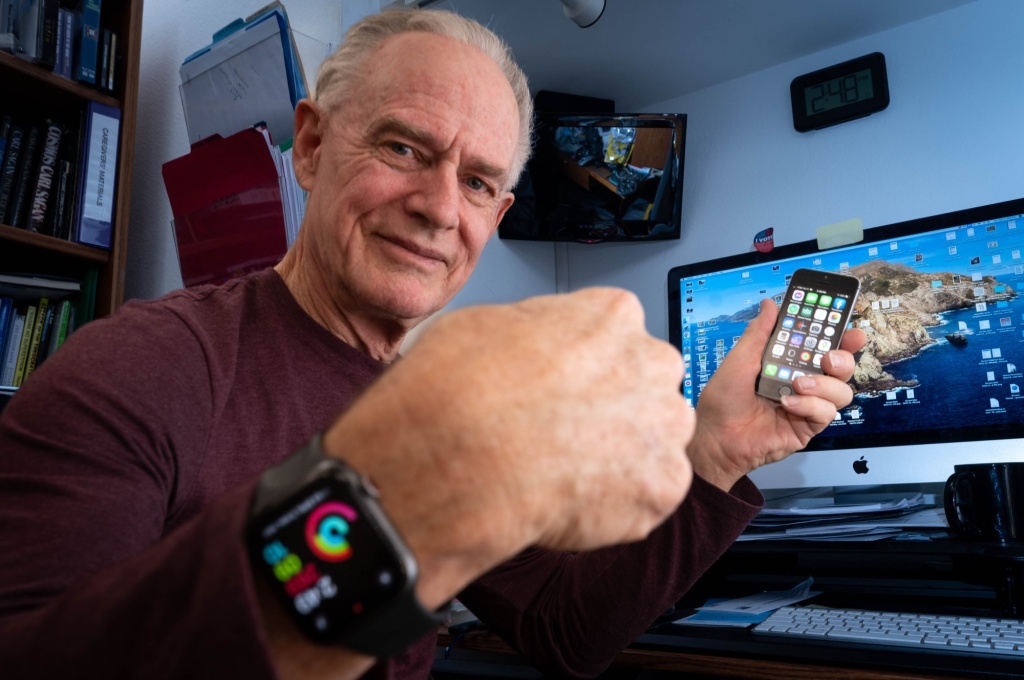Richard Wade fixes his home computer by looking at his phone, clicking on Google or YouTube, and watching instructional videos from people he describes as “more fluent in the language of digitalia” than himself.
For other tech questions, Wade calls company hotlines. He gets useful answers, he says, “a lot more often than you’d think.”
“I really want to praise those phone people,” Wade said. “It used to be they’d talk to me in tech. And I couldn’t get it because I just don’t speak tech. But, lately, they really walk me through it; they’re patient.
“I actually think the tech industry might be listening to people like me.”
It better.
Wade, a retired psychotherapist in Santa Clarita, is 72. And according to a new study from AARP, his love of devices that involve some kind of computer code isn’t unusual for someone his age. In recent years – and particularly since the start of the pandemic – older Americans have been the tech industry’s fastest-growing customer block, gobbling up devices like smart watches and self-driving vacuums, and signing up for supposedly youth-friendly social media platforms like Instagram and TikTok.
But in the fast-changing world of aging and technology, what’s happened over the past half-decade pales in comparison to what’s coming in the next.
Experts say a coming wave of older consumers is about to supplant young people as the tech industry’s core customer. The shift will lead to new products and marketing messages, and it might even reorient a segment of the business world that’s traditionally been hostile to aging.
But as that happens, a similar transformation could take place on the customer side. A new category of current and future products is aimed squarely at rewriting the rules of old age, and everything from self-driving cars to airbag-equipped clothes (to stave off fall-related injuries) soon could become age-related game changers.
In short, two worlds that aren’t often linked –…
Read the full article here






